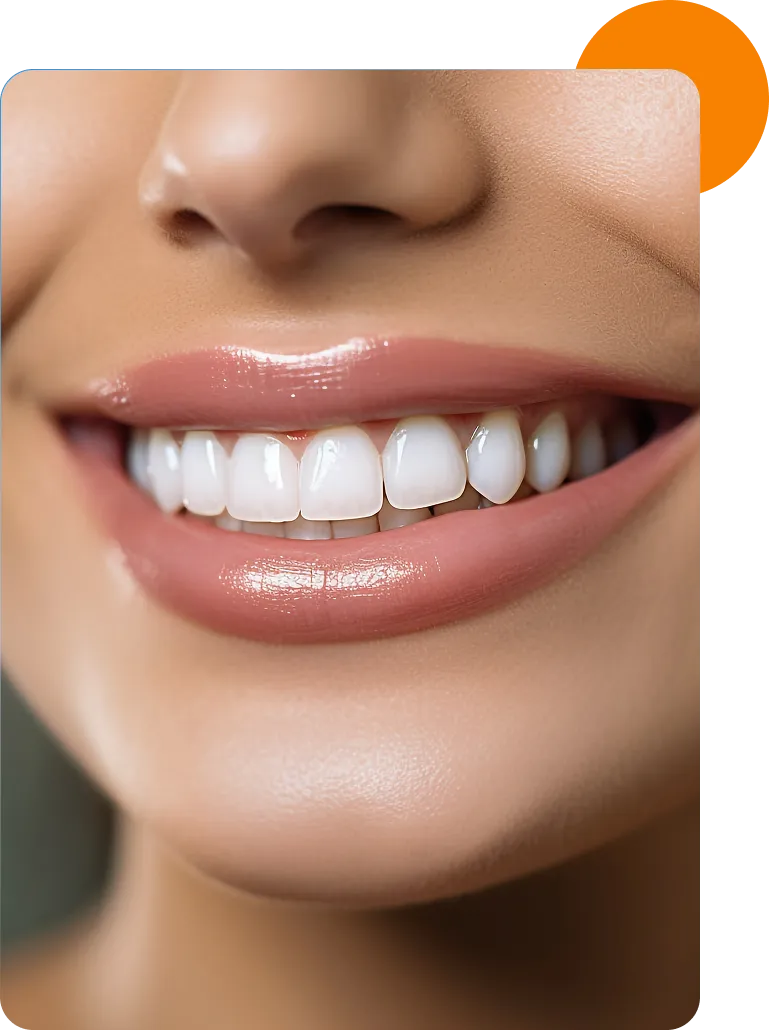Wisdom Teeth Extraction Near You
Wisdom teeth, or third molars, are the last molars that typically emerge in your late teens or early twenties. While these teeth were once considered essential for our ancestors, they are often unnecessary in modern dental care. In some cases, wisdom teeth emerge without issue, but many individuals face complications that require removal. When problems arise, extraction becomes the best solution to prevent further dental issues.








